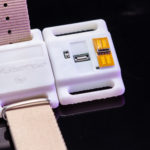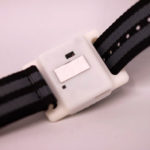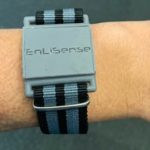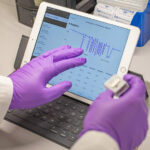Sweat analysis isn’t new: the dynamic chemical composition of perspiration has inspired researchers from elite athletic performance specialists to chronic disease experts to try to decipher its signals.
But translating raw perspiration into “sweat equity” in real time in everyday life is not an easy task. Sometimes climatic conditions don’t lend themselves to creating enough sweat to analyze. Sometimes the heightened level of activity necessary to get enough sweat produces chemical changes in the fluid that aren’t indicative of a subject’s true state. And sometimes, a person is physically unable to create sufficient sweat volumes to analyze with existing technologies.
This problem is especially challenging in the study of stress response in “normal” routines or among those rendered inactive with chronic diseases. Cortisol level is one widely accepted principle in gauging the amount of physiological and cognitive stress someone is experiencing at a given time, but it has been hard to translate that principle into practice outside controlled conditions.
A highly accurate yet comfortable sensor, now in proof-of-concept trials on human subjects in real-world conditions, might be a critical component of systems that will successfully address those obstacles.





